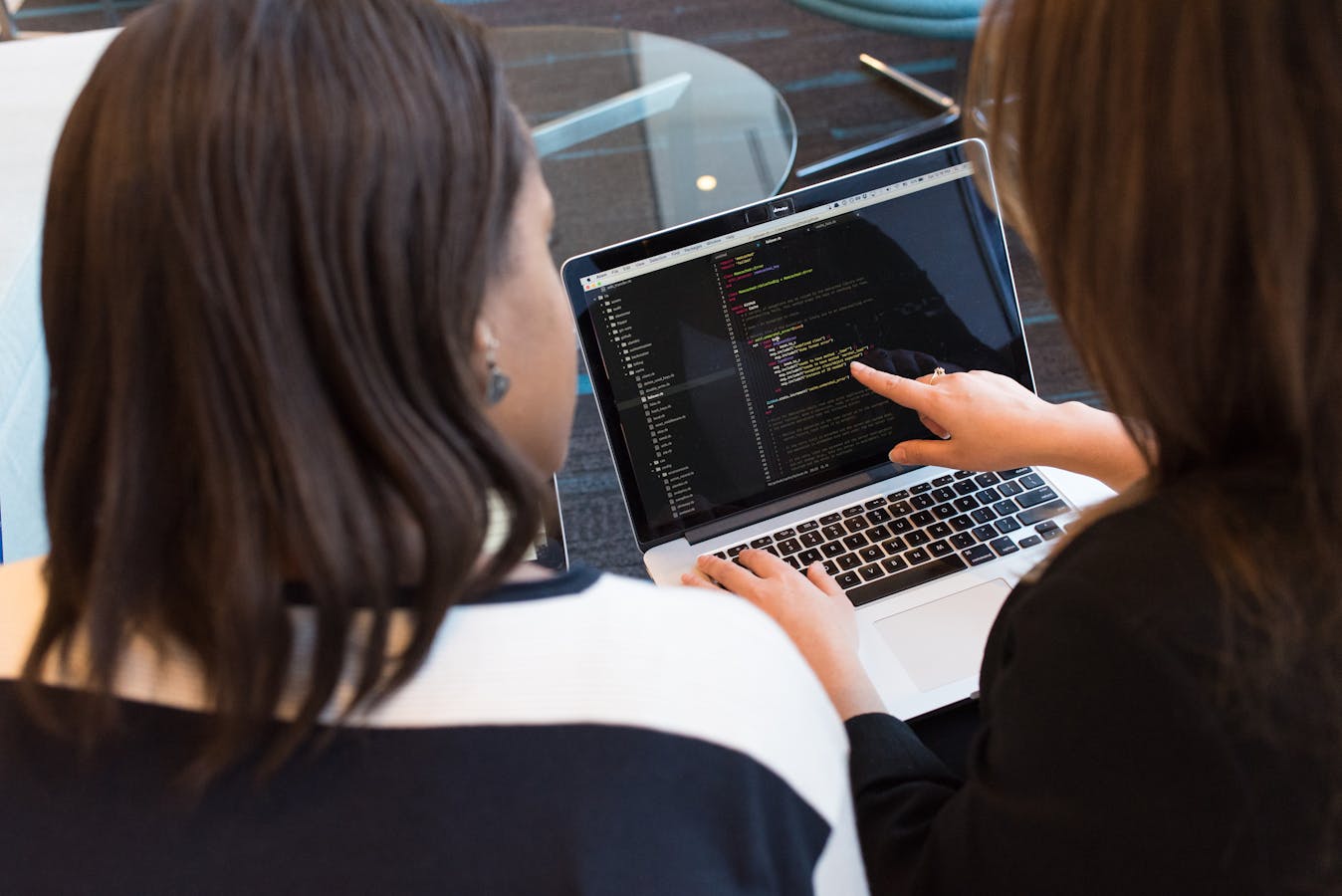How niels denekamp Is Adopting Code Automation to Transform Software Engineering
Wiki Article
The Significance of Full-Stack Development in the Evolving Landscape of Software Program Design
In the rapidly altering field of software design, full-stack advancement has gained significant importance. Full-stack developers have a special capacity to service both front-end and back-end modern technologies. This versatility facilitates much better team partnership and response to changing project needs (niels denekamp dubai). As companies adopt nimble methodologies, the function of full-stack designers ends up being even more crucial. Checking out the nuances of this fad exposes deeper ramifications for the future of software program developmentThe Duty of Full-Stack Developers in Modern Teams
As companies progressively adopt dexterous techniques, full-stack designers have actually become necessary properties within contemporary teams. These flexible specialists possess an extensive ability set that extends both front-end and back-end development, allowing them to contribute to various facets of a project. Their capacity to browse various shows languages and frameworks enables for smooth partnership throughout disciplines, fostering a more incorporated method to software program development.Full-stack programmers improve team dynamics by linking interaction voids, lowering dependence on specialized functions. This flexibility not just accelerates job timelines however also advertises technology, as they can carry out comments in real time. Additionally, their all natural understanding of the software program lifecycle facilitates far better decision-making and analytical, eventually leading to even more robust applications. As companies go for effectiveness and responsiveness, the duty of full-stack developers ends up being increasingly crucial in driving successful project results and maintaining competitive advantages in the market.Bridging the Void Between Front-End and Back-End
Connecting the void between front-end and back-end growth is fundamental for providing functional and natural software application applications. This integration assures that user interfaces communicate successfully with server-side reasoning, providing a seamless experience for end-users. Full-stack designers, with their broad capability, play a substantial function in this procedure by recognizing both domain names and their interactions. They can address concerns that emerge during assimilation, such as information flow discrepancies and efficiency traffic jams, which are often neglected when teams operate in silos. A unified strategy allows a lot more reliable debugging and screening, as full-stack programmers can analyze the whole application holistically. As software systems become significantly intricate, the capacity to connect this gap becomes much more crucial, promoting not just technological effectiveness however likewise improving the overall user experience. Organizations that prioritize this assimilation are better placed to adapt to technical innovations and user needs.Enhancing Collaboration and Communication
Reliable partnership and interaction among team members are necessary elements of effective full-stack advancement. This technique fosters a common understanding of project goals, permitting programmers to effortlessly integrate front-end and back-end capabilities. By urging open discussion, groups can quickly address difficulties and share insights, which enhances analytic capacities. Varied ability collections within full-stack growth teams promote knowledge exchange, making it possible for participants to pick up from one an additional and enhance their specific competencies - niels denekamp dubai.Moreover, regular check-ins and responses loopholes strengthen relationships amongst staff member, growing a culture of count on and accountability. Using joint tools and platforms can enhance communication, ensuring that all stakeholders remain notified regarding job progress and modifications. As full-stack developers frequently manage several duties, effective interaction straightens and minimizes misunderstandings group initiatives. Inevitably, prioritizing cooperation and communication not only improves performance but also brings about greater top quality software outcomes, crucial in today's busy technological landscapeAdapting to Agile Methodologies
While embracing Agile techniques can originally pose challenges, full-stack development groups often find that this strategy considerably boosts their workflow and versatility. Active frameworks focus on repetitive development and regular review, enabling groups to respond promptly to altering job needs. Full-stack developers, equipped with a comprehensive ability collection, are particularly appropriate to navigate these shifts, helping with smooth collaboration in between front-end and back-end processes.Moreover, Agile emphasizes continual integration and release, which straightens flawlessly with the abilities of full-stack designers. This synergy causes quicker distribution times and improved product top quality. Dexterous techniques, such as day-to-day More Bonuses stand-ups and sprint reviews, motivate openness and responsibility within groups, promoting a culture of open communication. Full-stack programmers end up being crucial in promoting a positive strategy to problem-solving, making certain that tasks continue to be aligned with client assumptions and market demands. Eventually, adjusting to Agile methods empowers full-stack teams to prosper in a dynamic software application development landscape.Future Trends in Full-Stack Development

Regularly Asked Concerns
What Programming Languages Should Striving Full-Stack Developers Learn First?
Ambitious full-stack programmers ought to begin by finding out HTML, CSS, and JavaScript for front-end development. Consequently, they can explore back-end languages like Node.js, Python, or Ruby, together with database administration systems such as SQL or MongoDB.How Do Full-Stack Programmers Keep Upgraded With Evolving Technologies?

What Are Common Challenges Faced by Full-Stack Developers?
Common challenges faced by full-stack designers consist of managing varied technologies, stabilizing front-end and back-end tasks, remaining present with quick developments, fixing complicated issues, and making certain smooth integration across numerous systems to provide cohesive customer experiences. (niels denekamp aether)Just How Do Full-Stack Programmers Handle Time In Between Front-End and Back-End Tasks?
Full-stack designers commonly focus on jobs by reviewing job needs, utilizing nimble techniques, and segmenting their infiltrate manageable portions. They stabilize back-end and front-end duties through careful preparation and time administration techniques to improve performance.Is a Degree Necessary to Come To Be a Successful Full-Stack Developer?
The need of a degree for coming to be an effective full-stack designer stays discussed. Several professionals highlight skills and experience over official education, suggesting that functional understanding and task profiles can be just as, if not more, useful. As organizations significantly take on active methods, full-stack programmers have arised as crucial possessions within modern-day groups. As full-stack programmers commonly manage multiple duties, efficient communication straightens and decreases misconceptions group initiatives. Full-stack programmers, equipped with a detailed ability collection, are especially fit to navigate these shifts, facilitating smooth collaboration between front-end and back-end processes.Moreover, Agile highlights continual combination and implementation, which aligns perfectly with the capacities of full-stack developers. Full-stack programmers will significantly use AI-driven tools for code generation and pest detection, allowing for faster release cycles.Moreover, the rise of low-code and no-code systems will democratize development, allowing non-technical stakeholders to contribute successfully. Hopeful full-stack programmers should start by discovering HTML, CSS, and JavaScript for front-end advancement.Report this wiki page